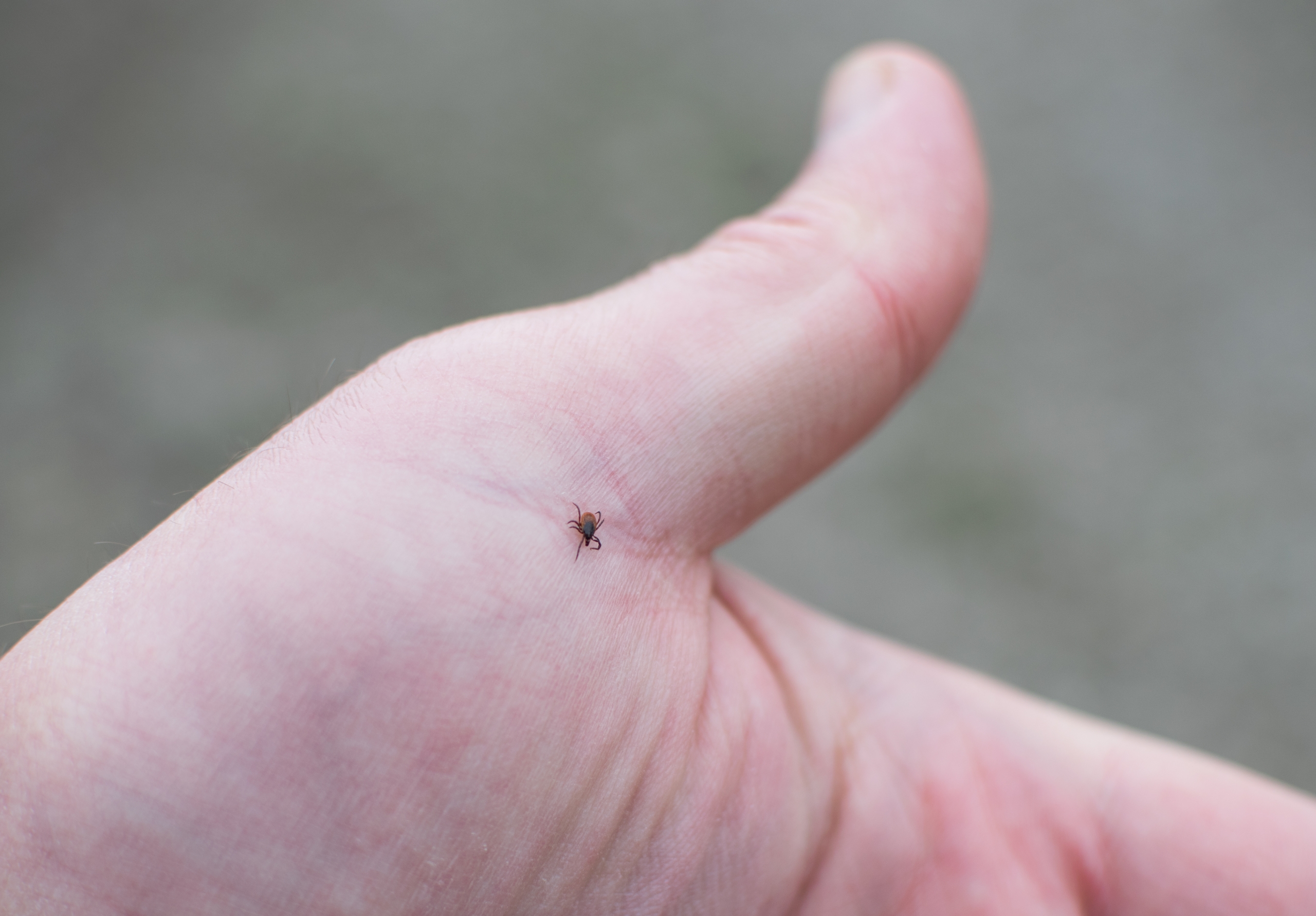Are you tired of worrying about tick-borne illnesses like Lyme disease? With the right prevention strategies, you can significantly reduce your risk. Let’s explore effective tips to stay safe and tick-free.
Understanding Lyme Disease
Lyme disease is a bacterial infection transmitted through the bite of an infected black-legged tick (or deer tick). It’s prevalent in many regions, especially in the Northeast, Mid-Atlantic, and Upper Midwest. Symptoms can vary but often include fever, fatigue, a rash and joint pain. In fact, approximately 476,000 Americans are likely to develop Lyme disease each year.

Lyme Disease Symptoms and Signs
Ticks need to be attached for more than 24 hours and begin filling with blood before they can transmit (spread) Lyme disease bacteria. Most people are infected through the bites of immature ticks called nymphs, which are difficult to see and can be as small as a poppy seed.
Early signs and symptoms of Lyme disease can appear between three to 30 days after a tick bite and can include fever, chills, headache, fatigue, neck stiffness, muscle and joint pain, brain fog, swollen lymph nodes and a bulls-eye rash (which appears about 70-80% of the time). As the disease progresses without treatment, the symptoms continue, becoming more debilitating and may affect the brain, heart and other organs.
When caught early, most cases of Lyme disease can be treated successfully with a few weeks of antibiotics. Late-stage Lyme disease can occur when symptoms are not recognized, treatment is started too late or is unsuccessful. This stage can occur months or years after the initial infection and can have a debilitating effect on a person’s quality of life.
Tick Prevention Tips
- Protect Your Yard: Mow your lawn regularly, rake leaves and plant deer-resistant plants to minimize tick habitats.
- Avoid Tick-Prone Areas: Steer clear of wooded or brushy areas with high grass or leaf litter. Stick to well-maintained trails and avoid resting under trees.
- Dress Appropriately: Wear light-colored clothing to easily spot ticks. Cover exposed skin with long sleeves, pants and closed-toe shoes. Tuck your pants into your socks and your shirt into your pants.
- Use Repellents: Apply insect repellent containing DEET, picaridin, IR3535, oil of lemon eucalyptus or other effective ingredients to your skin and clothing. Consider treating your clothing and gear with 0.5% permethrin.
- Protect Your Pets: Ensure your pets have tick protection, such as topical solutions, oral medications, collars or sprays. Consult your veterinarian for advice.
- Conduct Regular Tick Checks: After spending time outdoors, carefully check yourself, your family members and your pets for ticks. Pay attention to areas like your underarms, ears, neck, scalp, belly button, groin and between fingers and toes.

Tick Removal Tips
- Use Tweezers: If you find a tick attached to your skin, gently grasp it with tweezers as close to the skin as possible.
- Pull Steadily: Slowly and steadily pull the tick straight up until it releases.
- Save the Tick: Take a picture of the tick and place the tick in a sealed container or bag for identification if necessary.
- Clean the Area: Disinfect the bite site and your hands with rubbing alcohol or soap and water.

Remember, early tick removal can help prevent the transmission of tick-borne illnesses. Be proactive, follow these prevention tips and enjoy the outdoors.
Authors
Rebecca LaValley, MD, Family Medicine Faculty
Lilibet Miranda Gonzalez, MD, Family Medicine PGY-3
Marile Parra Llabres, MD, Family Medicine PGY-3
May Aung, MD, Family Medicine PGY-3

